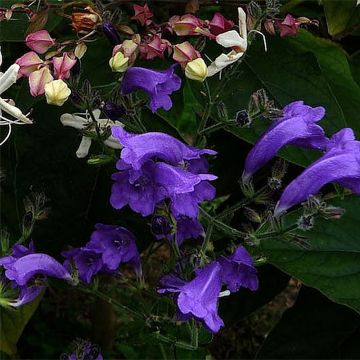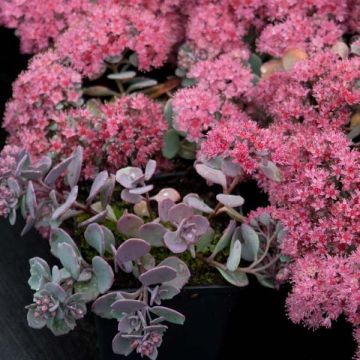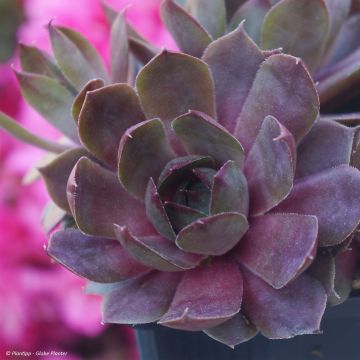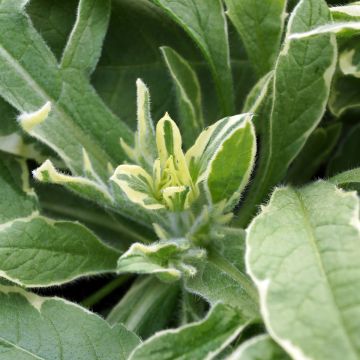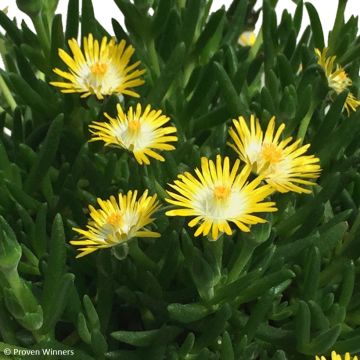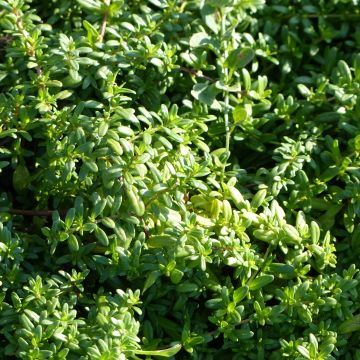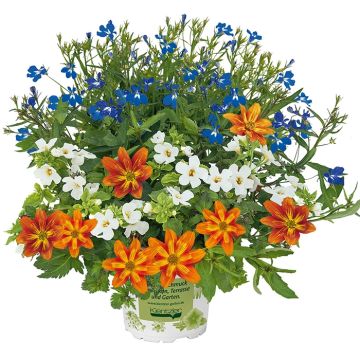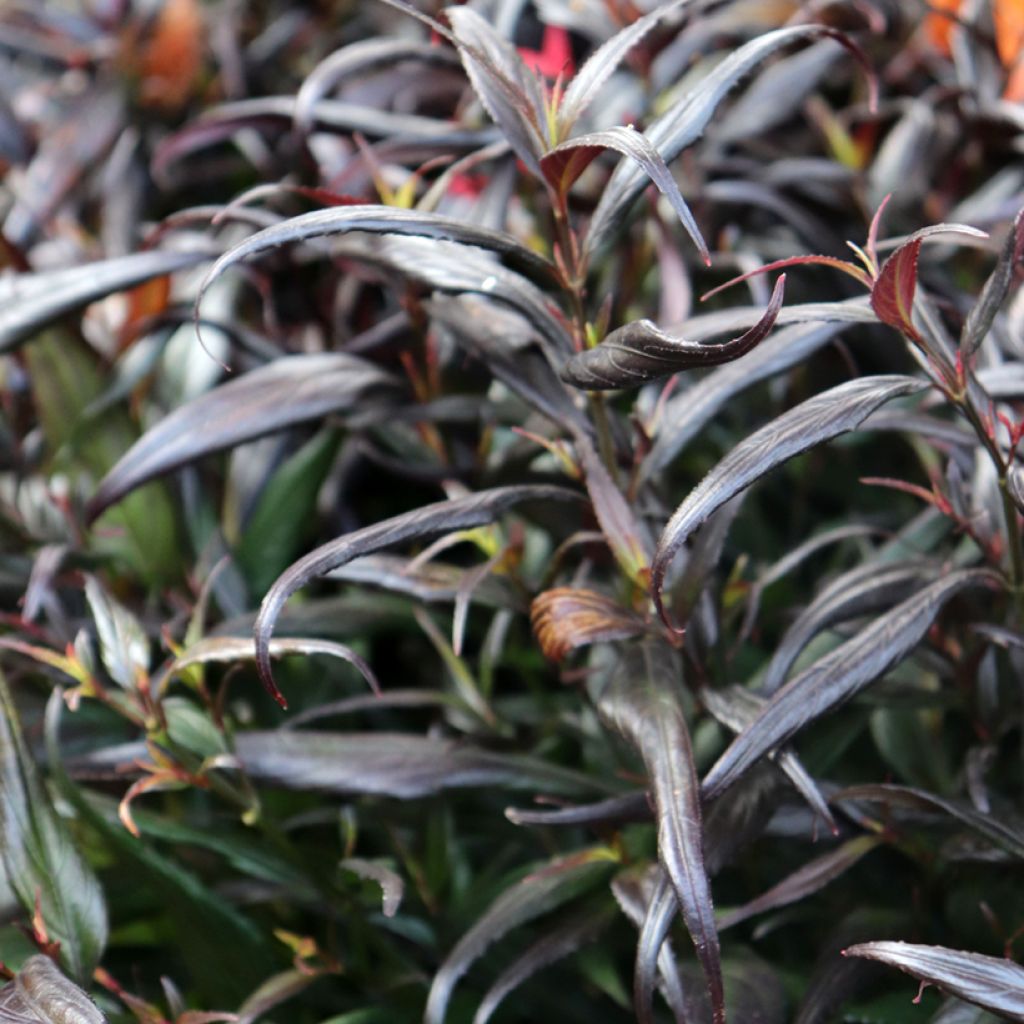

Strobilanthes anisophylla BRUNETTHY
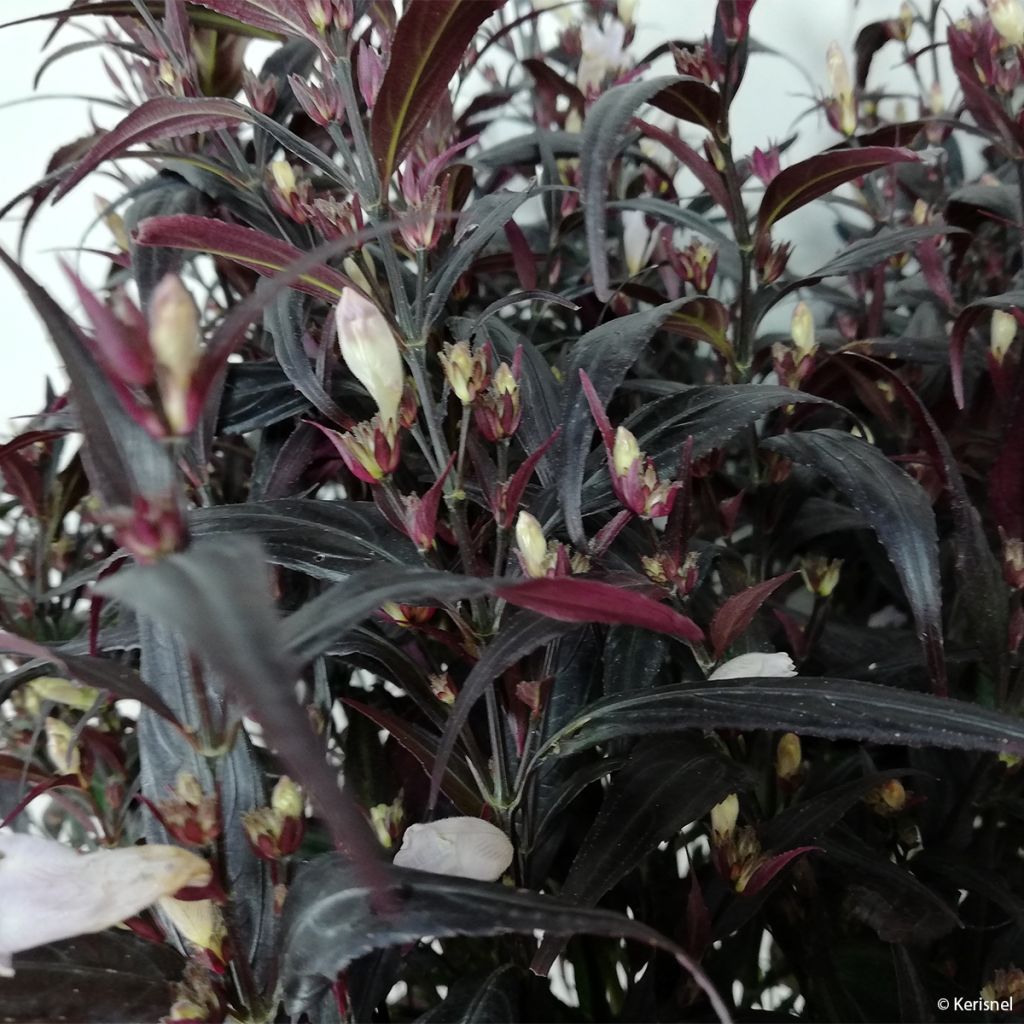

Strobilanthes anisophylla BRUNETTHY
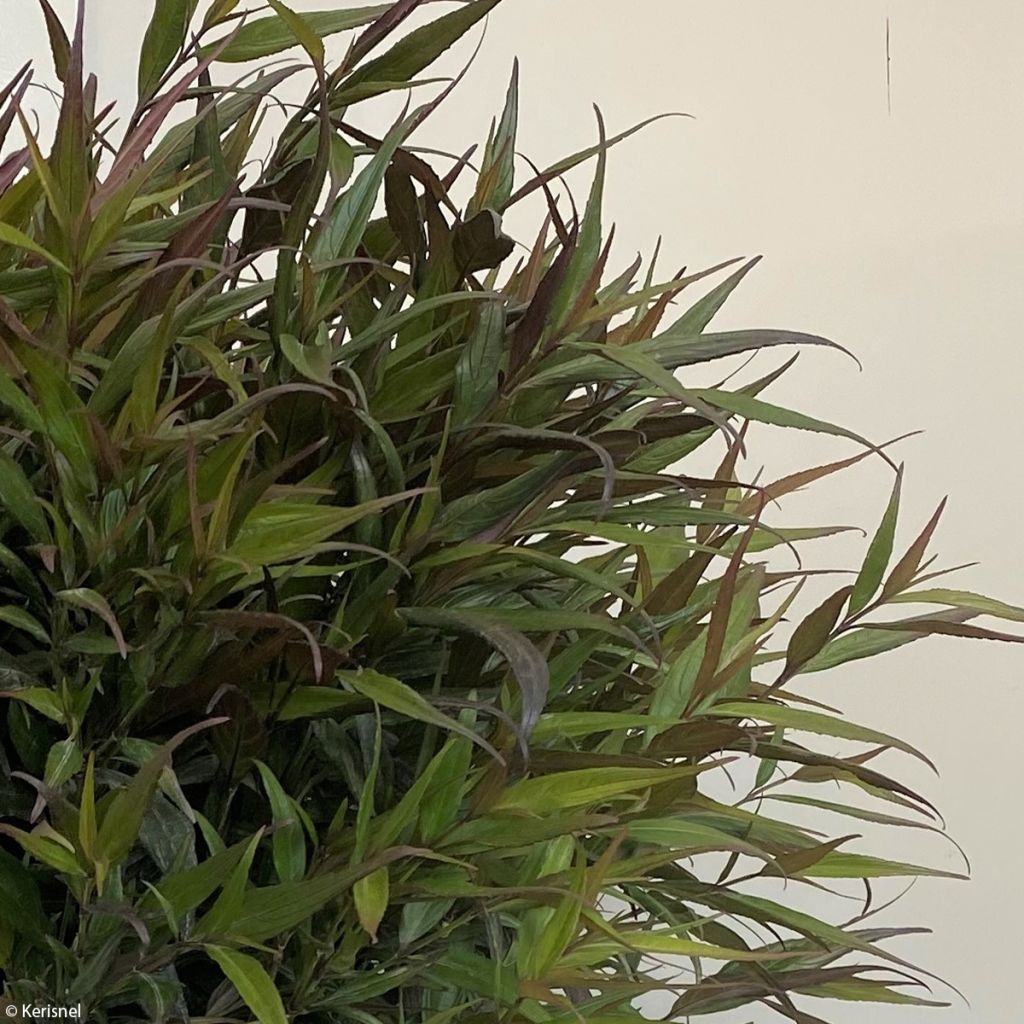

Strobilanthes anisophylla BRUNETTHY
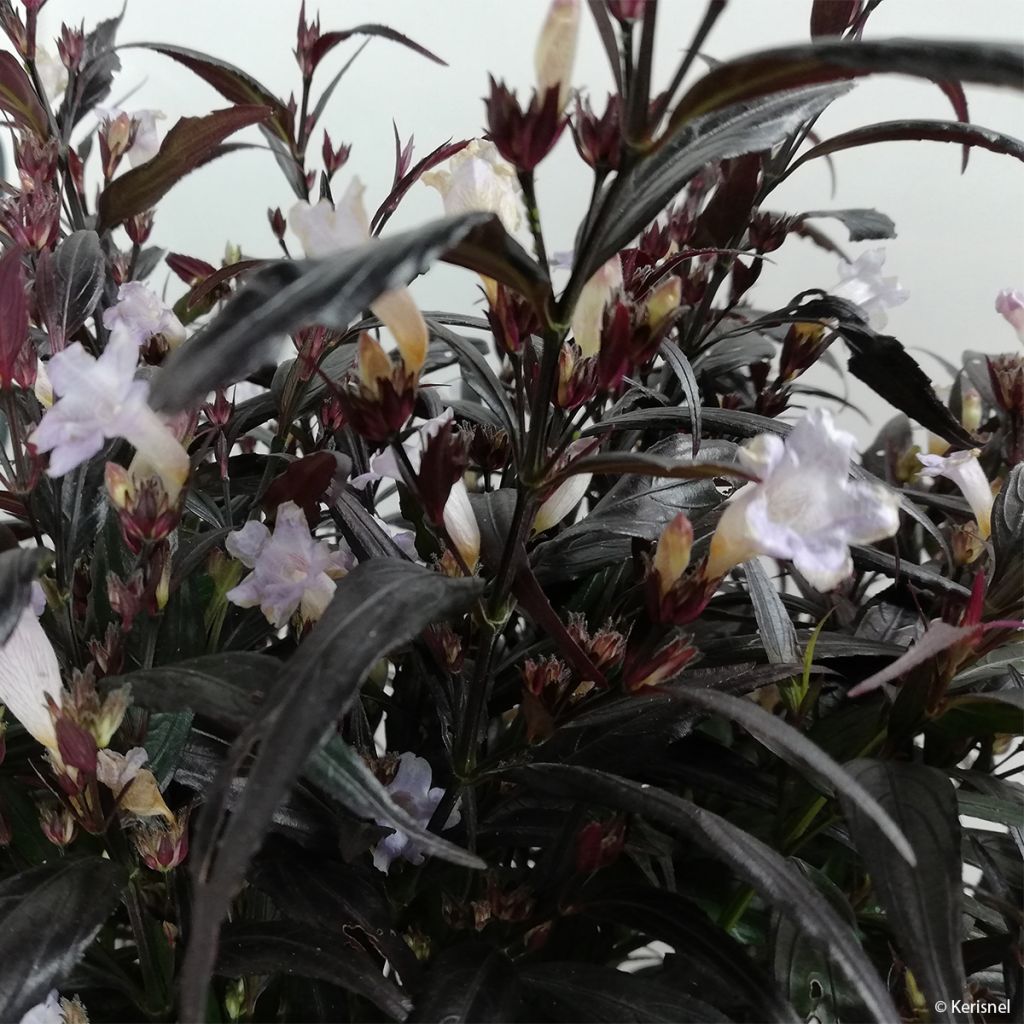

Strobilanthes anisophylla BRUNETTHY
Strobilanthes anisophylla BRUNETTHY
Strobilanthes anisophylla BRUNETTHY 'Lankveld15'
Strobilanthes
Looks a bit worn out upon delivery (damaged leaves, broken branches) but it seems to be adjusting well to its new living conditions.
martine, 25/02/2023
This item cannot be shipped to the selected country
Delivery charge from €5.90
More information
Schedule delivery date,
and select date in basket
This plant carries a 24 months recovery warranty
More information
We guarantee the quality of our plants for a full growing cycle, and will replace at our expense any plant that fails to recover under normal climatic and planting conditions.
From €5.90 for pickup delivery and €6.90 for home delivery
Express home delivery from €8.90.
Does this plant fit my garden?
Set up your Plantfit profile →
Description
Strobilanthes anisophyllus BRUNETTHY is a strobilanthes with particularly elegant, thin, very dark purple foliage with a silver frost, a little more cold-resistant than varieties like Strobilanthes dyerianus. It can therefore be planted in the ground in a very sheltered garden where it will look wonderful in partial shade with silver foliage, for example. This plant also has a very long pale lavender-pink summer flowering that forms a delightful contrast with the dark foliage. It thrives in humus-rich and moist, well-drained soil.
Strobilanthes anisophyllus BRUNETTHY belongs to the genus Strobilanthes which includes more than 250 species, mostly originating from Madagascar or tropical temperate Asia. Most of them are frost-sensitive, or frost-tender, but this anisophyllus species will withstand -5°C (23°F) for a short period. It belongs to the same family as the bear's breeches, the acanthaceae. The Brunetthy 'Lankveld15' cultivar was selected for its finer, dark purple foliage. The plant forms a woody base composed of upright stems, reaching about 70 cm (28in) high with a spread of 50-60 cm (20-24in), sometimes up to 1 m (3ft) in all directions depending on the growing conditions. The stems, characterized by swollen nodes, bear opposite, finely elliptical and toothed, almost black, purple, eye-catching leaves. Flowering begins in May-June and continues until July-August, depending on the climate and growing conditions. The small flowers composed of 5 unequal lobes have a curious flared and bent tube shape, and are a beautiful pale bluish pink, which stands out magnificently against the foliage.
Strobilanthes are still very little known, despite the value of some remarkable and useful perennial species for shaded areas, in rich and slightly acidic soil. In favourable climates, the Brunetthy strobilanthes thrives on the edge of woodland or in east-facing exposure. Here it can be associated with silver foliage brunneras, dead nettles, or even small periwinkles. Wherever winters are too cold, this magnificent plant can be planted in a large light-coloured pot to highlight its exceptional foliage. The pot can be brought indoors in autumn to a very lightly heated greenhouse or conservatory and taken outside again in May.
Report an error about the product description
Strobilanthes anisophylla BRUNETTHY in pictures
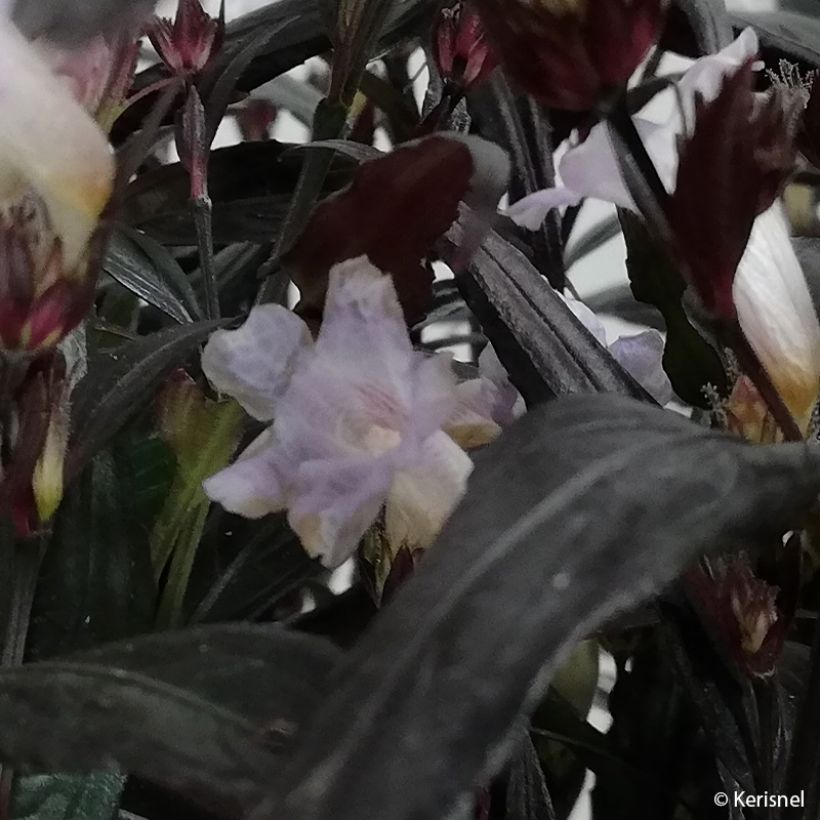

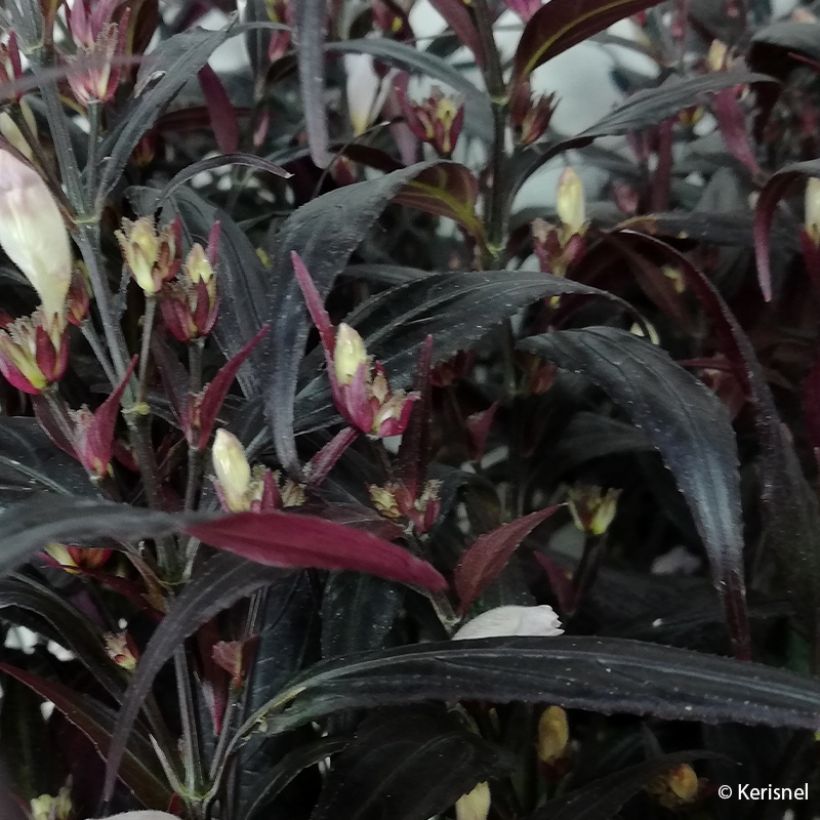

Plant habit
Flowering
Foliage
Botanical data
Strobilanthes
anisophylla
BRUNETTHY 'Lankveld15'
Acanthaceae
Strobilanthes
Cultivar or hybrid
Other Strobilanthes
Planting and care
Strobilanthes anisophyllus BRUNETTHY is best planted in spring, directly in the ground in the mildest regions, or in a pot. This plant prefers partial shade and thrives in humus-rich, slightly acidic, nutrient-rich, well-drained soil that remains moist in spring and summer.
Pot cultivation: choose a pot with a minimum diameter of 20 to 30 cm (8 to 12in) and drainage holes at the bottom. Prepare a mixture of 50% ericaceous soil, 25% sand, and 25% non-chalky loam. Repot and water generously, preferably with rainwater or non-chalky water. Protect your potted plant as soon as the first frost is forecast, in a very bright but minimally heated greenhouse or conservatory. This plant hates dry atmospheres and scorching sun. Water less frequently in winter.
Planting period
Intended location
Care
-
, onOrder confirmed
Reply from on Promesse de fleurs
Coloured foliage perennials
Haven't found what you were looking for?
Hardiness is the lowest winter temperature a plant can endure without suffering serious damage or even dying. However, hardiness is affected by location (a sheltered area, such as a patio), protection (winter cover) and soil type (hardiness is improved by well-drained soil).

Photo Sharing Terms & Conditions
In order to encourage gardeners to interact and share their experiences, Promesse de fleurs offers various media enabling content to be uploaded onto its Site - in particular via the ‘Photo sharing’ module.
The User agrees to refrain from:
- Posting any content that is illegal, prejudicial, insulting, racist, inciteful to hatred, revisionist, contrary to public decency, that infringes on privacy or on the privacy rights of third parties, in particular the publicity rights of persons and goods, intellectual property rights, or the right to privacy.
- Submitting content on behalf of a third party;
- Impersonate the identity of a third party and/or publish any personal information about a third party;
In general, the User undertakes to refrain from any unethical behaviour.
All Content (in particular text, comments, files, images, photos, videos, creative works, etc.), which may be subject to property or intellectual property rights, image or other private rights, shall remain the property of the User, subject to the limited rights granted by the terms of the licence granted by Promesse de fleurs as stated below. Users are at liberty to publish or not to publish such Content on the Site, notably via the ‘Photo Sharing’ facility, and accept that this Content shall be made public and freely accessible, notably on the Internet.
Users further acknowledge, undertake to have ,and guarantee that they hold all necessary rights and permissions to publish such material on the Site, in particular with regard to the legislation in force pertaining to any privacy, property, intellectual property, image, or contractual rights, or rights of any other nature. By publishing such Content on the Site, Users acknowledge accepting full liability as publishers of the Content within the meaning of the law, and grant Promesse de fleurs, free of charge, an inclusive, worldwide licence for the said Content for the entire duration of its publication, including all reproduction, representation, up/downloading, displaying, performing, transmission, and storage rights.
Users also grant permission for their name to be linked to the Content and accept that this link may not always be made available.
By engaging in posting material, Users consent to their Content becoming automatically accessible on the Internet, in particular on other sites and/or blogs and/or web pages of the Promesse de fleurs site, including in particular social pages and the Promesse de fleurs catalogue.
Users may secure the removal of entrusted content free of charge by issuing a simple request via our contact form.
The flowering period indicated on our website applies to countries and regions located in USDA zone 8 (France, the United Kingdom, Ireland, the Netherlands, etc.)
It will vary according to where you live:
- In zones 9 to 10 (Italy, Spain, Greece, etc.), flowering will occur about 2 to 4 weeks earlier.
- In zones 6 to 7 (Germany, Poland, Slovenia, and lower mountainous regions), flowering will be delayed by 2 to 3 weeks.
- In zone 5 (Central Europe, Scandinavia), blooming will be delayed by 3 to 5 weeks.
In temperate climates, pruning of spring-flowering shrubs (forsythia, spireas, etc.) should be done just after flowering.
Pruning of summer-flowering shrubs (Indian Lilac, Perovskia, etc.) can be done in winter or spring.
In cold regions as well as with frost-sensitive plants, avoid pruning too early when severe frosts may still occur.
The planting period indicated on our website applies to countries and regions located in USDA zone 8 (France, United Kingdom, Ireland, Netherlands).
It will vary according to where you live:
- In Mediterranean zones (Marseille, Madrid, Milan, etc.), autumn and winter are the best planting periods.
- In continental zones (Strasbourg, Munich, Vienna, etc.), delay planting by 2 to 3 weeks in spring and bring it forward by 2 to 4 weeks in autumn.
- In mountainous regions (the Alps, Pyrenees, Carpathians, etc.), it is best to plant in late spring (May-June) or late summer (August-September).
The harvesting period indicated on our website applies to countries and regions in USDA zone 8 (France, England, Ireland, the Netherlands).
In colder areas (Scandinavia, Poland, Austria...) fruit and vegetable harvests are likely to be delayed by 3-4 weeks.
In warmer areas (Italy, Spain, Greece, etc.), harvesting will probably take place earlier, depending on weather conditions.
The sowing periods indicated on our website apply to countries and regions within USDA Zone 8 (France, UK, Ireland, Netherlands).
In colder areas (Scandinavia, Poland, Austria...), delay any outdoor sowing by 3-4 weeks, or sow under glass.
In warmer climes (Italy, Spain, Greece, etc.), bring outdoor sowing forward by a few weeks.

































